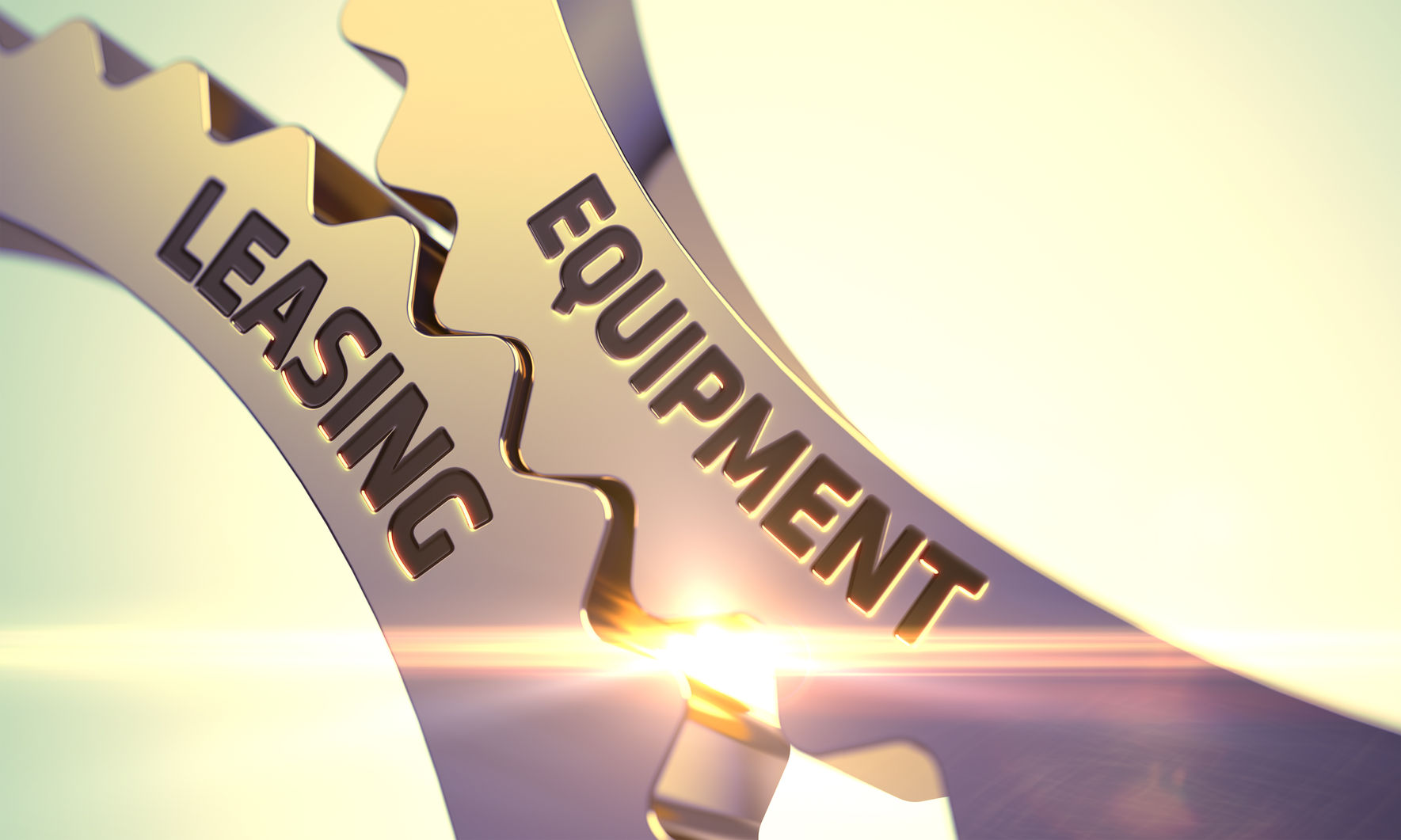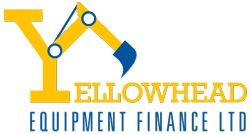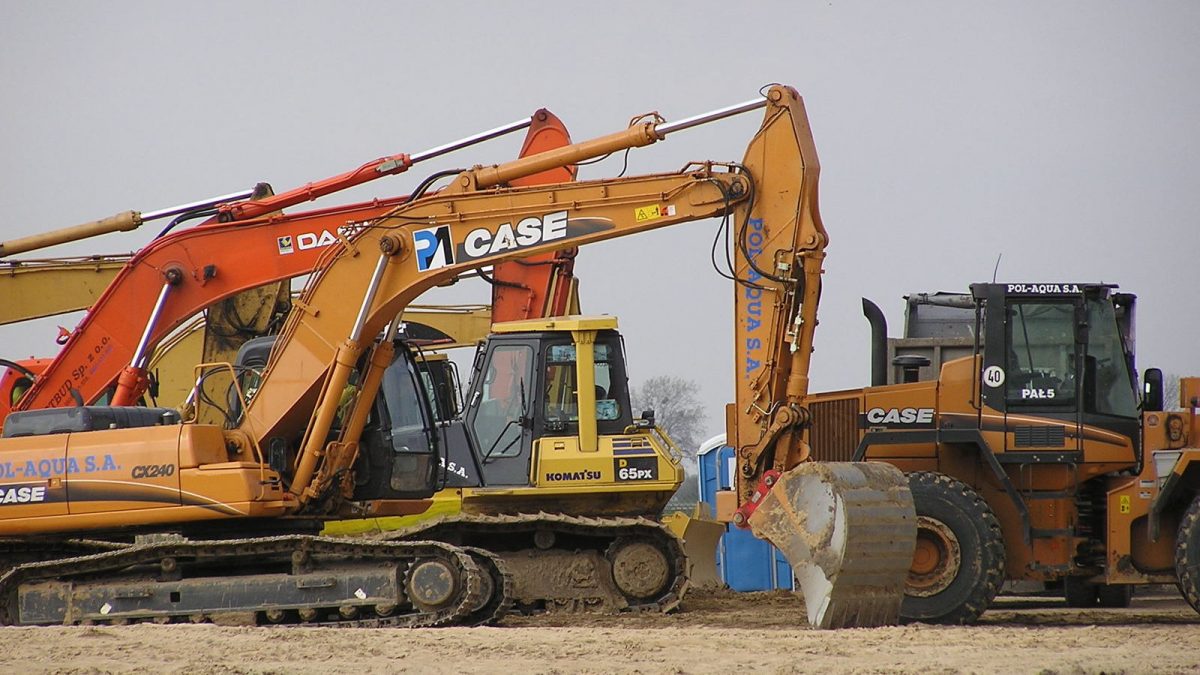
9 Tips to making good Equipment Purchases
September 15, 2020
5 Benefits To Finance Equipment During COVID-19
November 18, 2020The need for equipment is one of many problems that companies face during times of growth or even to stay relevant in an industry. But more often than not getting equipment leased to you has other issues – the biggest being getting the money for it.
While in business they say it takes money to make money, that’s not always the case. There are all kinds of creative strategies you can employ with your money around the leasing process. Below are some tips to help you with that.
Understand how Fair Market Value Leases work
A Fair Market Value Lease works just as it sounds. Once you get into this lease, you’ll get the option to buy the equipment for the market value once your lease is up. You can extend the lease or let the lease end once it’s complete.
Should you decide to buy the equipment, do note you’ll pay the market value less what you paid during your lease agreement. For example if you leased equipment valued at a total of $4,000 and paid $2,500 during the term of the lease, you’d pay $1,500 to own the equipment.
This is a smart decision because of some core reasons:
- It functions like financing in a sense, except that it’s easier to get into a lease.
- This option is one of the most flexible formats for businesses. The monthly costs are low and are manageable.
- You’re typically dealing with a company rather than a bank so there are fewer restrictions.
Leverage Dollar Buyout Leases whenever you can
These types of leases you’ll see when you’re dealing with bigger purchases that won’t depreciate in a year or two. In most of these long-term leases, you’ll likely find the buyout option only to be for $1.
While it sounds like a steal, do keep in mind of one big characteristic of this: you’ll be paying higher monthly payments. And by the end, you’ll cover the full market value by the end of the lease. It’s why the offer is only for $1.
With this in mind, make sure that whatever it is you’re getting will have the same value for a long time.
Know about Wrapping Leases
Wrapping leases are a variety that can change as time goes on. That doesn’t mean the terms can change, but rather you can add more equipment to them. These are great if you’re in the middle of growing your business and unsure of what you need to complete the work.
It’s also good for scaling up your business quickly.
Another convenient feature with these leases is they wrap everything into a single payment. That way you’re not stuck juggling several numbers. This makes budgeting and planning easier for your business.
Use Sale-Leasebacks if you need it
There is no clear indicator for where a business will go financially. Though there are a number of things you can use to leverage it if you need to free up some cash. In the event that you own some equipment already, you can leverage something called a sale-leaseback.
This is essentially selling your equipment to a leasing company who’ll then immediately lease that equipment back to you. This frees up cash on the short term as you get a considerable amount of cash up front which you’ll pay back over the course of the lease. So in the meantime, you can use that money to pay for other projects and expenses.
Stick with Newest Equipment when possible
If money allows it, it’s better for you to stick to newer equipment. While there are some benefits of going with older equipment, the reliability can be put into question. With new equipment there is less risk of breaking down, new features, and more efficiency.
When Budgeting, remember the benefits of Leasing
Outside of what’s already listed, there are some other significant benefits to keep in mind.
First is that you’re removing most of the risk by leasing. So long as you are making your payments, you don’t have to worry about anything.
Why is that?
Because in leases, the leasing company owns the equipment. As such, they have to cover costs should the equipment need maintenance or repairs at any time. Yes that could stall your business, but it’s not costing you physical cash, merely an amount of potential earnings.
Second, while you don’t own the equipment, you do get a number of tax benefits as if you owned the equipment. You don’t record the equipment as capital, but rather record your lease payments as a business expense.
And remember that if it’s getting too much for you, the leasing company is there for you. You can return the equipment after you’re done easy or if there are problems they are one phone call away.





